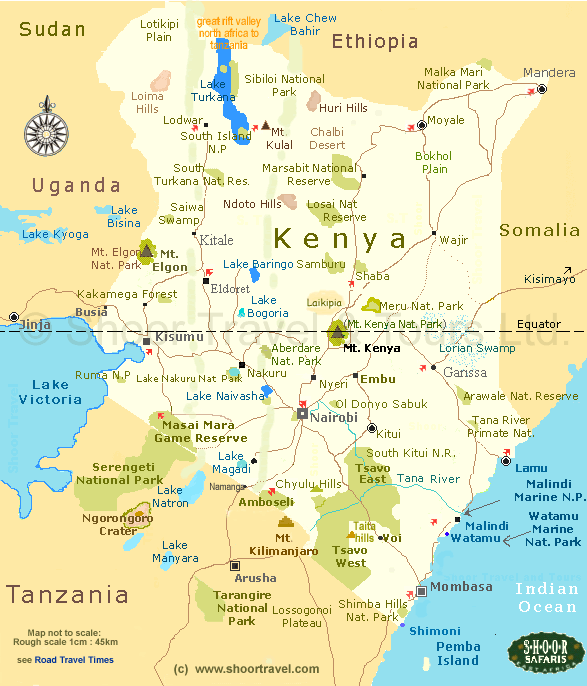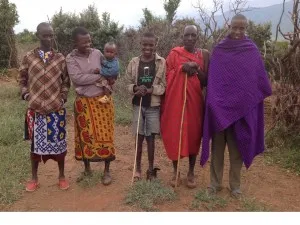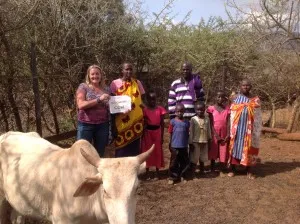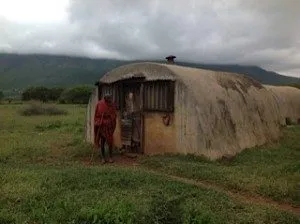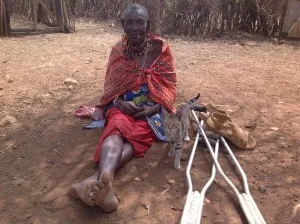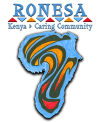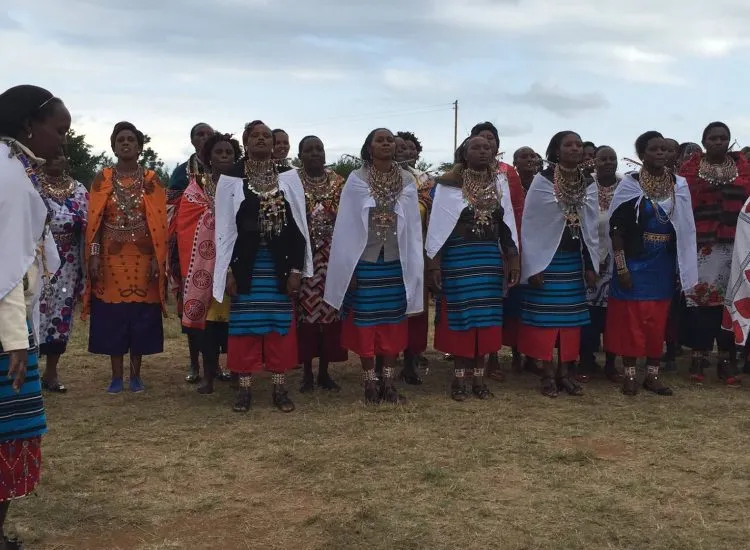
THE STORY OF THE MAASAI
The Maasai (sometimes spelled “Masai” or “Masaai”) are a Nilotic ethnic group of semi-nomadic people located in Kenya and northern Tansania. They are among the best known of African ethnic groups, due to their residence near the many game parks of East Africa, and their distinctive customs and dress. They speak Maa, a member of the Nilo-Saharan language family that is related to Dinka and Nuer, and are also educated in the official languages of Kenya and Tanzania: Swahili and English.
The Maasai population has been reported as numbering 841,622 in Kenya in the 2009 census, compared to 377,089 in the 1989 census.
The Maasai livelihood and social structures are based around the management of livestock. Maasai folklore is based around the belief that God or Nkai gave Maasai the responsibility to look after cattle.
Traditionally, the roles of individuals in Maasai communities are determined by the “age-group” to which they belong.
Those who become warriors at the same time in the same geographic region are given a name, which they will be referred to for life. Erkorianga is the name of the current group of Maasai warriors in Northern Tanzania. The shared name provided to each warrior age-group signifies a mutual belonging. It is intended that warriors who share the same age-group will support each other even if they are from different villages and have never met before.
The Maasai have maintained their rich and dynamic culture over hundreds of years in the face of change and adversity. Over time, the Maasai have adapted to difficult changes – colonialism, war, independence, and unfriendly political agendas. Through these times, Maasai have been able to keep their culture and traditional way of life intact.
Challenges They Face
For the last 10-15 years, the Maasai have been under threat from pressures outside of their control – global warming and modernization The limited land available to them has been severely affected by climate change, restricting their capacity to manage livestock.
For the first time, the Maasai cannot survive as subsistence pastoralists.
Their families back home have their own problems. They lack of sufficient water for livestock and themselves. Without livestock, they need to buy food, which they travel great distances to get. The food is not as nutritious as their traditional diet, and many mothers believe their children are far less healthy than previous generations. They often walk many miles to the nearest health facilities.
Most Maasai are anxious about how life will be in the future. If they hold on to their traditional lifestyle too strongly, will they survive? If they change their ways, what will happen to their rich culture and identity?
